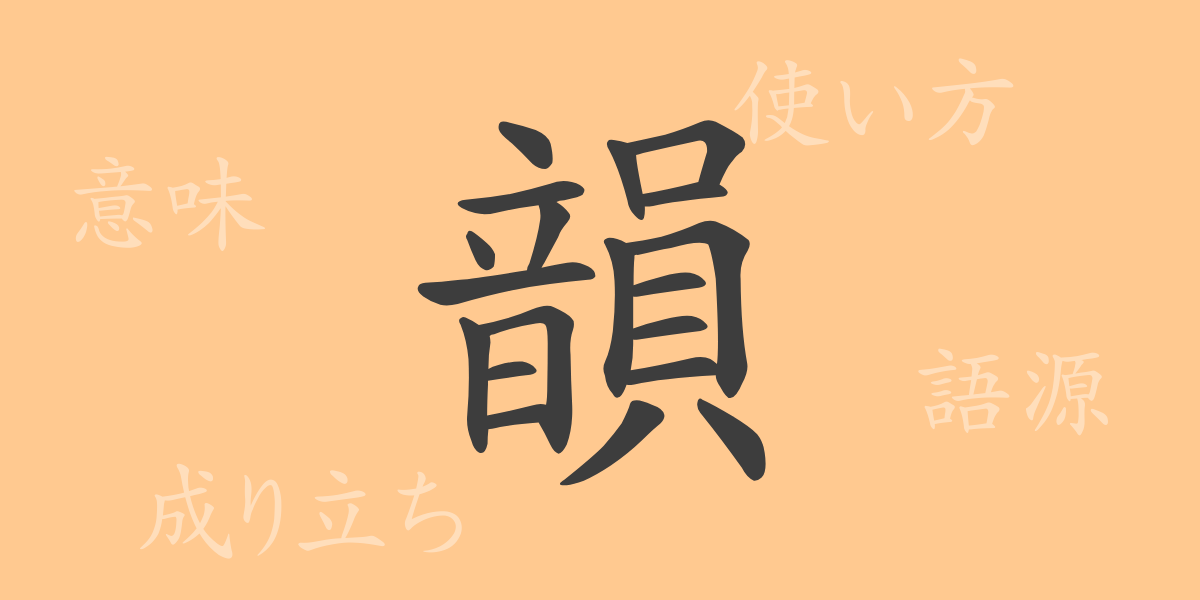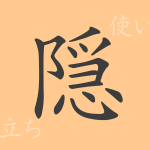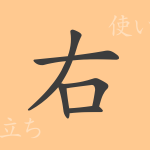“
The allure of the Japanese language lies in its complexity and the richness of its expressions. The commonly used kanji “”韻”” (in) is one of the elements essential in conveying the poetic beauty of Japanese. This article explores the history, meaning, usage, and the idioms and proverbs that include “”韻”” ( in), inviting a deeper understanding of the Japanese language.
Origins of 韻 ( In)
The kanji “”韻”” ( in) originates from an ancient Chinese word that meant musical harmony or a segment of poetry. This character was used to represent the rhythm and melody of words, and was a crucial element in creating poetry. In Japan, too, adhering to “”韻”” (in) in traditional poetic forms like Waka and Haiku has been emphasized to enhance the beauty of the compositions.
Meaning and Usage of 韻 ( In)
In modern Japanese, “”韻”” ( in) means for the last part of a poem or song to end with the same sound. More broadly, it is also used to describe situations where things are in harmony or share similar characteristics. Phrases such as “”韻を踏む”” ( in -o -fumu) meaning “”to rhyme”” and “”韻を求める”” (in -o -motomeru) meaning “”to seek rhyme”” demonstrate its usage.
How to Read 韻, Stroke Count, and Radical
The character information for “”韻”” ( in) is useful for learning Japanese and understanding kanji.
- Reading: The onyomi (Chinese reading) is “”In”” , and there is no particular kunyomi (Japanese reading).
- Stroke Count: It has a total of 20 strokes.
- Radical: The radical is 音部 ( onbu), which is related to sound.
Idioms, Phrases, and Proverbs Using 韻 and Their Meanings
Expressions including “”韻”” ( in) often evoke a sense of elegance and literary beauty in Japanese. For example, “”韻律”” ( inritsu) denotes the rhythm of poetry or song, while “”平韻”” ( heiin) refers to the repetition of the same sound in Waka poems written in hiragana. “”意味韻”” ( imiin) signifies the resonance or nuance of the meanings of words. “”韻を踏む”” ( in- o -fumu) is a technique in poetry or song to create a beautiful echo by repeating the same sound.
Summary on 韻 ( In)
“”韻”” ( in) plays a significant role in Japanese poetry, songs, and even in everyday conversation. Being mindful of “”韻”” ( in) is indispensable in the pursuit of the beauty and richness of expression within the culture of Japanese language that values the harmony of sounds. Through this article, we hope to provide a glimpse into the profound depth and allure of “”韻”” (いん, in), and to assist in further deepening the understanding of the Japanese language.
“

























